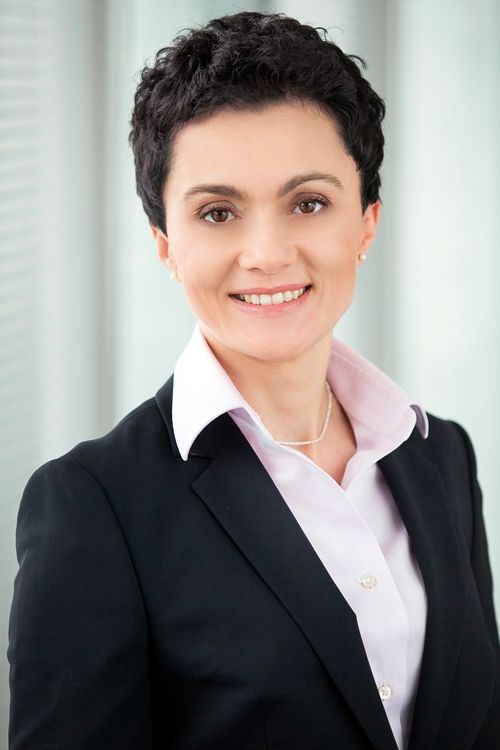At the end of Q3 2016, Poland’s retail stock totalled 13.56 mln sqm. The 409 shopping centres operating in the country had a combined 9.85 mln sqm of leasable space. The second largest retail segment – with 2.45 mln sqm and an 18 pct market share – are the 255 existing stand-alone retail warehouses, while the space in the 63 retail parks came to more than 1 mln sqm, accounting for 7.5 pct of the country’s total stock. Poland’s 13 operating outlet centres added 218,000 sqm to the total, making up the remaining 1.5 pct.
One of the key trends in the Polish shopping centre market is the growing share of retail projects in smaller cities (of below 100,000 inhabitants). At the end of Q3 2016, shopping centres in such cities represented around 17 pct of the stock, significantly above the 7 pct recorded ten years earlier.
This trend is expected to continue, particularly in the form of strip malls. However, small markets have a limited capacity to absorb new supp































































